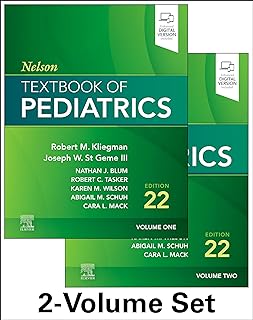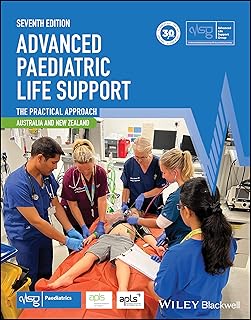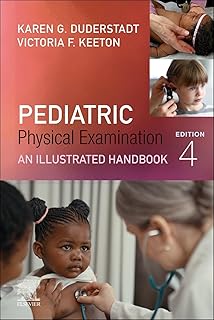In the realm of pediatric medicine, the diagnosis and treatment of arterial stenosis associated with neurofibromatosis type 1 (NF1) present unique challenges. NF1, an autosomal dominant genetic disorder, typically manifests with various symptoms affecting multiple systems. However, arterial stenosis is a rare occurrence in NF1 patients, with potentially severe consequences if left undiagnosed or untreated. The under-diagnosis of arterial stenosis in NF1 patients can lead to complications such as hypertension, ischemic stroke, and even mortality.
Historically, NF1 has been recognized as a complex genetic disorder affecting various bodily systems. The genetic basis of NF1 lies in mutations of the NF1 gene located on chromosome 17q11.2, resulting in the production of the neurofibromin protein. Individuals with NF1 commonly exhibit skin pigmentation abnormalities and neurofibromas. Despite the well-documented manifestations of NF1, arterial stenosis remains a rare and less understood complication in these patients.
Arterial stenosis in NF1 patients is associated with vasculopathy and vascular abnormalities, the pathophysiology of which is not fully elucidated. This condition can be categorized into stenosis of larger vessels, such as the renal and carotid arteries, and dysplasia of small vessels. Renal artery stenosis is a prevalent manifestation in NF1, often leading to renal hypertension. The incidence of arterial abnormalities in NF1 patients exceeds that of the general population, with potentially life-threatening consequences if not promptly addressed.
The clinical presentation of arterial stenosis in NF1 patients is often atypical, making early diagnosis challenging. Renal artery and internal carotid artery (ICA) stenosis are common in these individuals, with renal hypertension and convulsions being primary symptoms, respectively. Timely intervention through drug therapy or surgical procedures is crucial to prevent severe outcomes like organ dysfunction and cerebrovascular events.
A retrospective analysis of pediatric patients with NF1 and arterial stenosis revealed that renal artery and ICA were the most affected sites. Treatment strategies varied based on individual cases, with antihypertensive medications and surgical interventions showing efficacy in managing renal artery and ICA stenosis. Regular follow-ups indicated positive outcomes, with no deterioration or mortality observed during the monitoring period.
In conclusion, arterial stenosis in pediatric patients with NF1 demands heightened clinical awareness due to its low incidence and potentially severe implications. Early detection, appropriate interventions, and consistent monitoring are essential in improving the prognosis of these patients. By shedding light on this rare complication, further research and advancements in diagnostic and therapeutic approaches can enhance the management of arterial stenosis in NF1 patients, ultimately improving patient outcomes and quality of life.
📰 Related Articles
- Wandering Spleen in Pediatric Patients: Diagnostic Challenges and Management
- Tucows Reports Revenue Growth Amid Domain Management Challenges
- Study Reveals Challenges and Solutions in Menstrual Hygiene Management
- Pediatric Gynecologists Empower Teen Girls Amid Social Media Challenges
- Fetal Echogenic Kidneys: Challenges in Prenatal Diagnosis and Management






